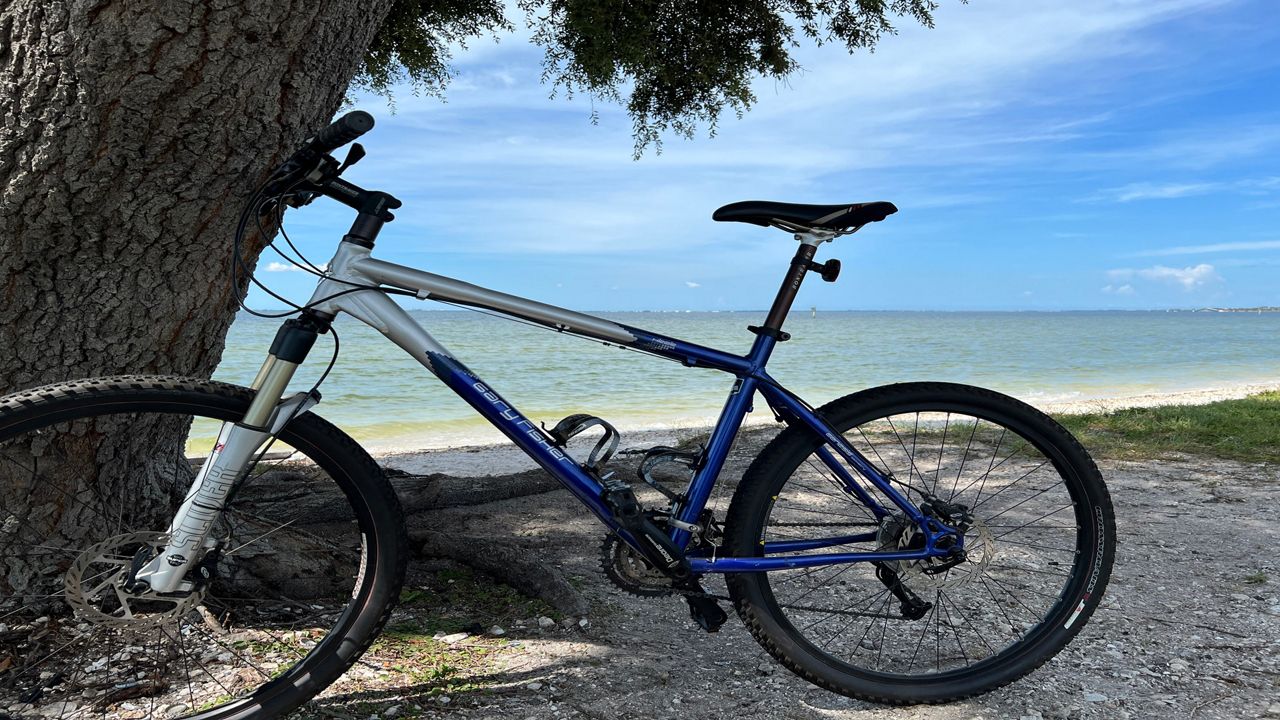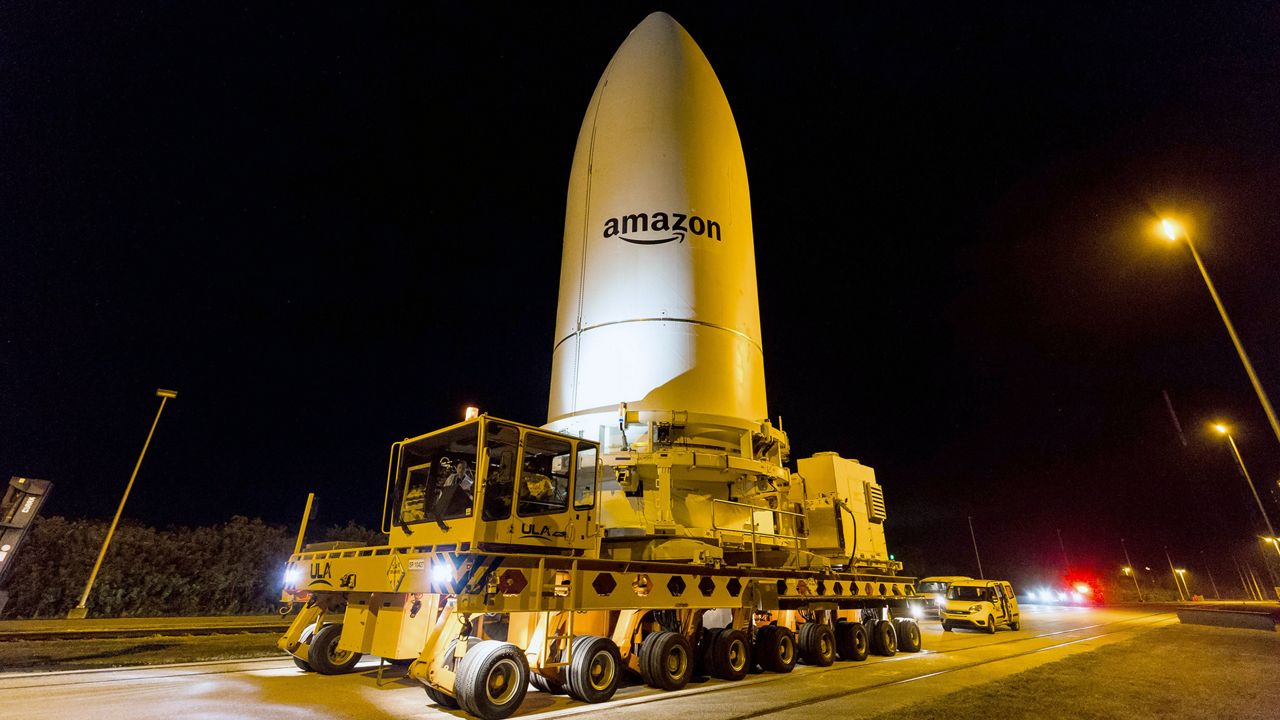TAMPA, Fla. — The story of erased cemeteries is a familiar story for African Americans all over the country.
That's true of North Greenwood Cemetery in Clearwater where many are resting under a parking lot. The rest of it — under and around the vacant Curtis Fundamental Middle School. Another location, St. Matthews Baptist Church Cemetery, sits under the FrankCrum company’s Clearwater property.
What You Need To Know
- There are 17 erased cemeteries and counting in Florida according to the Black Cemeteries Network.
- Stakeholders will determine how to honor those buried in the forgotten cemeteries
- In Clearwater, hundreds of graves were discovered but there could be more under current buildings
- The Black Cemeteries Network set up a website to report erased cemeteries
Anthropologist and USF professor, Dr. Antoinette Jackson, knows about those lost African American cemeteries all too well.
Her research project surrounding the erasure of African American cemeteries started with Tampa Bay. But when her partners launched a Black cemeteries website, the team quickly saw this problem spanned much further.
“The farthest west on the map that we have right now is out toward Texas and then right up near the border of Mexico. And as far north as all the way up through Cape Cod,” she said. “It’s important to recognize these cemeteries and this history. Black history is part of American history. It gives a full recognition of what happened in particular hometowns, particular neighborhoods and towns and states. So you’re missing a large percentage of your history if you are excluding African American history and particularly history that comes through the cemeteries.”
Carlton Childs and his cousin Bernard Dixon have a rich history that’s buried in those erased Clearwater cemeteries. Their grandfather was one of Clearwater’s early African American settlers.
“My grandfather Mac Dixon Sr. came here in 1905 from Starke, Florida. He was a railroad worker, and he was what you would consider to be well off. He had some money. And with that money he bought this whole area from Court Street to Cleveland Street,” Childs said.
Dixon is the older cousin, and he said he remembers thinking the graves in the cemeteries were relocated.
“The grave markers was removed,” Dixon said. “And so, I could only assume that with them moving the markers that the graves was moved.”
After lifelong Clearwater residents rang the alarm, the discovery of hundreds of bodies was made.
“It does not surprise me because so much of this has happened. I’ve seen it with my own eyes. No one had to tell me this,” Dixon said. “Do they mean something to me? Yes. They was my neighbors. They was my kindred so they’re part of me. If they was not related to me they are still part of me because this is family. This is community. This is who we are. This is part of us.”
Rebecca Sullivan works as a Senior Archaeologist at Stantec.
Their company used ground penetrating radar to examine both sites. Sullivan said she said she wasn’t surprised by what they found. “I guess the thing that’s most surprising is that it’s not really that surprising,” she said. “People remembered these places were there, and we found evidence that they’re absolutely correct. The burials, in most of the cases are still beneath the surface.”
Erin McKendry is an archaeologist with Stantec. She detailed what they found at the North Greenwood Cemetery. “The burials are the actual burials where the human remains are within the burial shaft. The depth that they were at is about three feet below the footer of the school building,” she said.
“It’s not a great feeling knowing or thought knowing that a cemetery where individuals buried their loved ones has gotten to a place where it’s functioning as something else and that potential disturbance has caused something like rainfall to make bones or human remains even further disturbed than they were when it was developed,” said McKendry.
Zebbie Atkinson with the Clearwater NAACP, said he already has a list of possibilities for solutions. He said the new state marker at North Greenwood Cemetery is only the beginning.
“Oh, this is very important. This is like a first step or a second step,” he said. “The community has come up with a list of things they would like to have happen. One of those things is to move the people that are still at the St. Matthews Baptist cemetery site over to the North Greenwood site so that they can be properly memorialized.”
Whether there’s a suggested memorial wall with a museum included with the relocation or wall with the names of the people listed, Carlton and Bernard want something done and they want it done soon.
“It’s part of the weight that we carry,” Dixon said.
The community and the stakeholders that include the FrankCrum company and the school district will ultimately decide how they plan to right this wrong.
According to the Black cemeteries website, there are 17 erased African American cemeteries in the state of Florida, but there could be more.









